Photographers battle against Queen's Guards over their bear skins
"The only way bears should be shot is through a lens," say photographers and PETA in letter to UK's Ministry of Defence
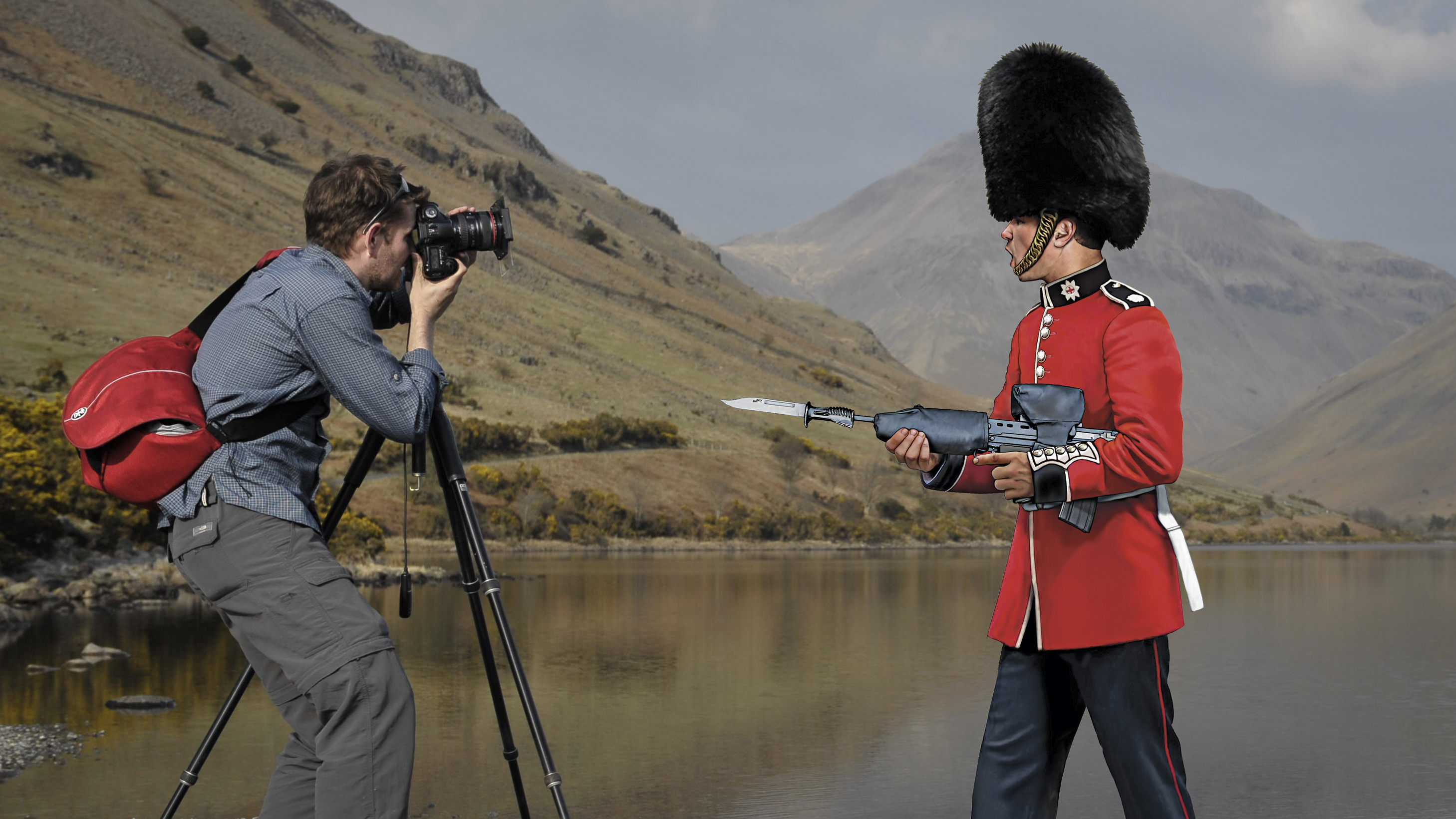
Photographers and PETA have sent a letter to the British government, asking for a stop to the funding of the slaughter of black bears for the creation of the Queen’s Guard’s famous caps.
A letter addressed to Mr Ben Wallace, MP and Secretary of State for Defence at the House of Commons in London, was sent today on PETA’s behalf with ten signatures from highly-respected wildlife photographers.
• Looking for the best camera for wildlife photography?
It states that making a single ceremonial hat takes the hide of one bear, gunned down by hunters. Many of the bears that are killed for the caps' creation are mothers, and their orphaned cubs are then left to starve without her, meaning one guard cap can therefore result in the death of an entire bear family.
The bearskin hats traditionally worn by the Queen's Guard are made from Canadian black bear fur, and it is believed that the bears are often killed in gruesome and unnecessary ways. People for the Ethical Treatment of Animals (PETA) has called on the Ministry of Defence (MoD) to stop funding this cruelty and make the switch to alternate humane faux fur instead.
Traditionally, hats worn by the Buckingham Palace guardsmen have always been tall fur caps made of bearskin that measure approximately 18 inches in height, of which between 50 and 100 are bought each year. They were worn by every gunner in both the British and French militaries to make guards appear taller and more intimidating, as they would be responsible for initiating defensive hand-to-hand combat where necessary.
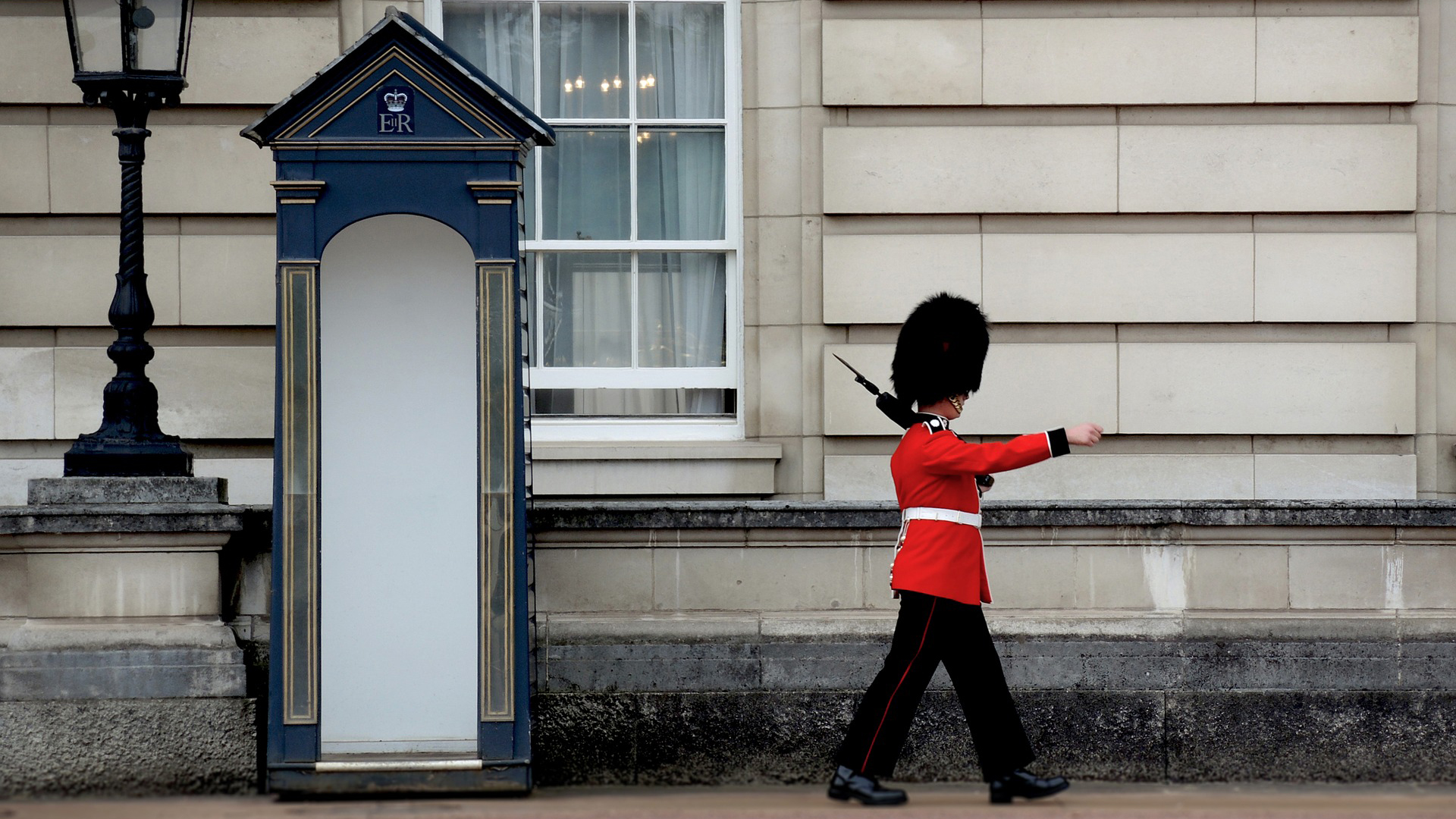
Wildlife photographers with their names attached to the letter include Andy Parkinson, zoologist and wildlife TV presenter Megan McCubbin, Craig Jones, Danny Green, founder and president of We Animals Media Jo-Anne McArthur, photojournalist and filmmaker Aaron “Bertie” Gekoski, Richard Peters, Mark Sisson, a and co-founders of Photographers Against Wildlife Crime Britta Jaschinski and Keith Wilson.
Get the Digital Camera World Newsletter
The best camera deals, reviews, product advice, and unmissable photography news, direct to your inbox!
Many of these photographers and journalists associated have photographed bears in the wild and know first-hand the nature of these beautiful creatures. Andy Parkinson, for example, is a Nikon Europe ambassador and National Geographic photographer who has captured a wealth of mother bear photos.
Megan McCubbin has worked to rehabilitate bears from the bile-farming industry in China, and Aaron Gekoski, former winner of a Wildlife Photographer of the Year award, started the Raise the Red Flag campaign to end cruel wildlife tourism.
"The world is in a challenging place right now, and the need for compassion and conservation has never been greater," reads the letter. "As wildlife photographers who have spent our lives documenting the beauty and fragility of the natural world, we are acutely aware of the need to protect – not pillage – the living planet, which includes the animals we share it with. It is for this reason that we ask you to stop funding the slaughter of black bears for the Queen’s Guard’s caps."
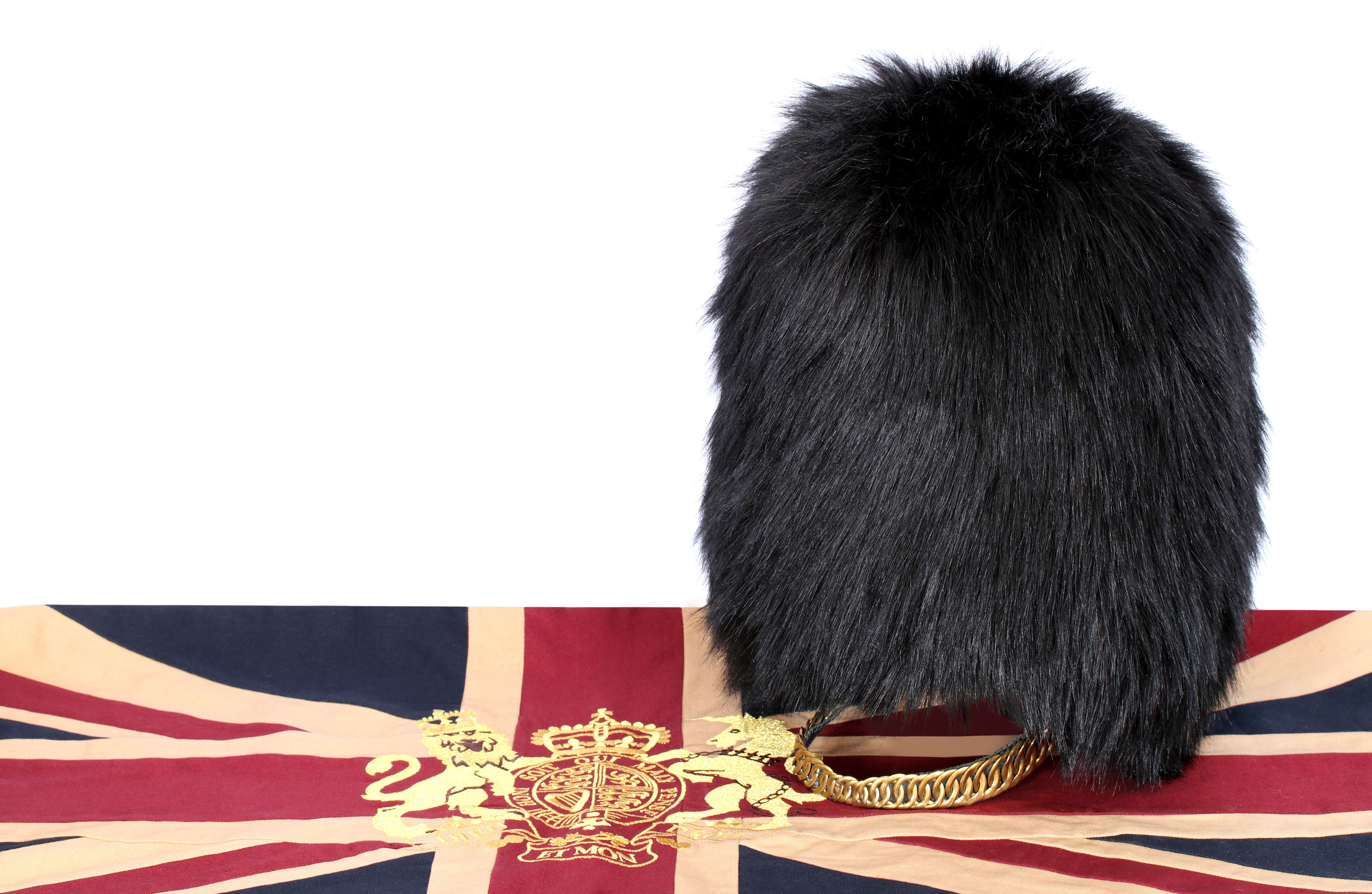
The deaths of these bears are particularly senseless and unnecessary, given that a luxury faux furrier Ecopel, in partnership with PETA, has created the world’s first faux bear fur which is said to match the exact length of real bear fur and meets all the criteria required and outlined by the MoD. It is also waterproof, and mimics real bear fur in appearance.
According to an assessment carried out by independent fabric technologist, Atom Cianfarani, the faux fabric actually outperforms real bearskin in five areas of relevant testing. PETA say there are no excuses left, and "we are urging the prime minister to bring faux-fur caps into service immediately". The fabric has been offered to the MoD completely free of charge until 2030, saving a significant amount of taxpayer money and animal lives.
"We understand that the Ministry of Defence claims that the bear fur is the by-product of a 'cull' overseen by Canadian authorities – as though this would somehow make it OK – but both the federal and provincial Canadian governments say no such culls exist," continues the letter.
"Fur farming was banned in the UK more than 20 years ago, so it’s unconscionable that the MoD continues to support the killing of bears for their skins overseas."
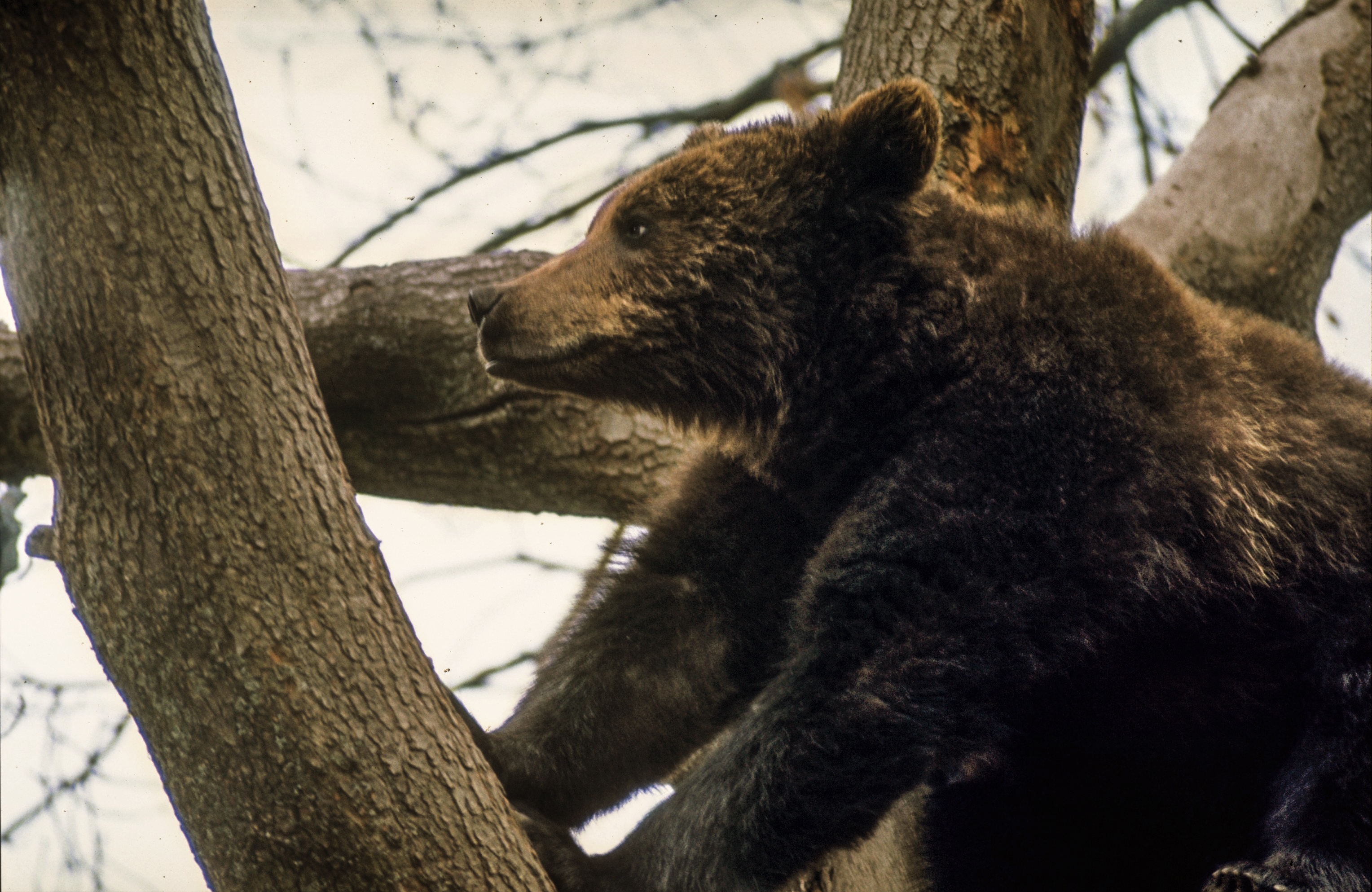
A parliament petition has been created in support of PETA and the wildlife photographer's campaign that currently has 94,713 signatures at the time of writing, fast approaching the 100k target threshold for prompting a debate in Parliament.
The UK government has responded to the petition on 11 February 2022 stating: "Currently we have no plans to end the use of bearskins. Bear pelts that are used are the by-products of a licensed cull by the Canadian authorities to manage the wild bear population."
Concluding the letter to Mr Ben Wallace, the final paragraph from PETA and the photographers states: "Mr Wallace, the only way bears should be shot is through a lens. And given the availability of high-quality, animal-free alternatives, there’s no longer any excuse for using the fur of slaughtered wildlife. We urge you to make the switch to humane faux fur, for which no one must be killed. Please, animals’ lives depend on it."
If you feel strongly about this topic in line with the wildlife photographers involved with the letter, you can sign the petition in support of the cause and donate to any worthy local wildlife charities if you can.
Read more:
Best trail camera
Best portable hides and camouflage gear
Best lenses for bird photography and wildlife
Best spotting scopes
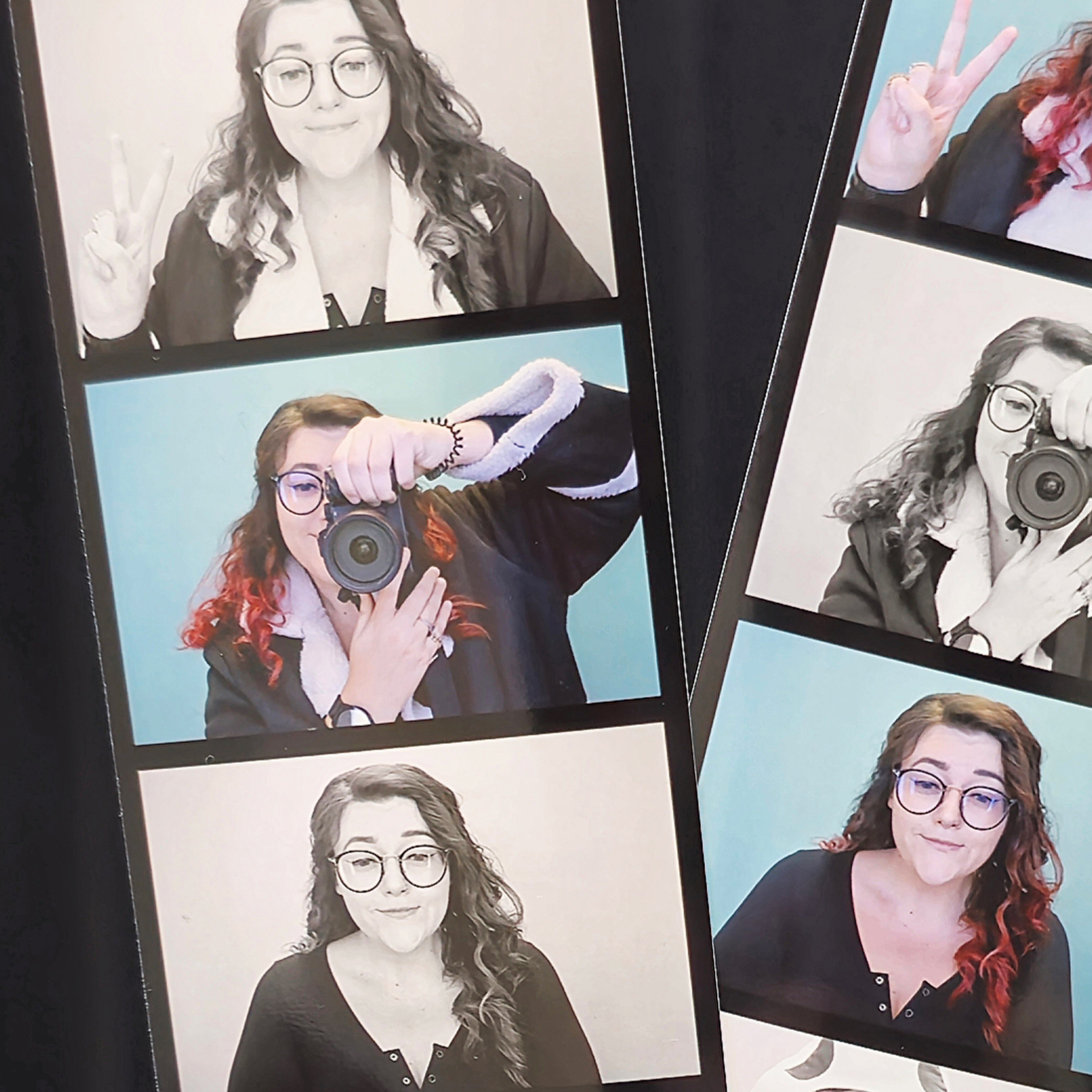
Beth kicked off her journalistic career as a staff writer here at Digital Camera World, but has since moved over to our sister site Creative Bloq, where she covers all things tech, gaming, photography, and 3D printing. With a degree in Music Journalism and a Master's degree in Photography, Beth knows a thing or two about cameras – and you'll most likely find her photographing local gigs under the alias Bethshootsbands. She also dabbles in cosplay photography, bringing comic book fantasies to life, and uses a Canon 5DS and Sony A7III as her go-to setup.
